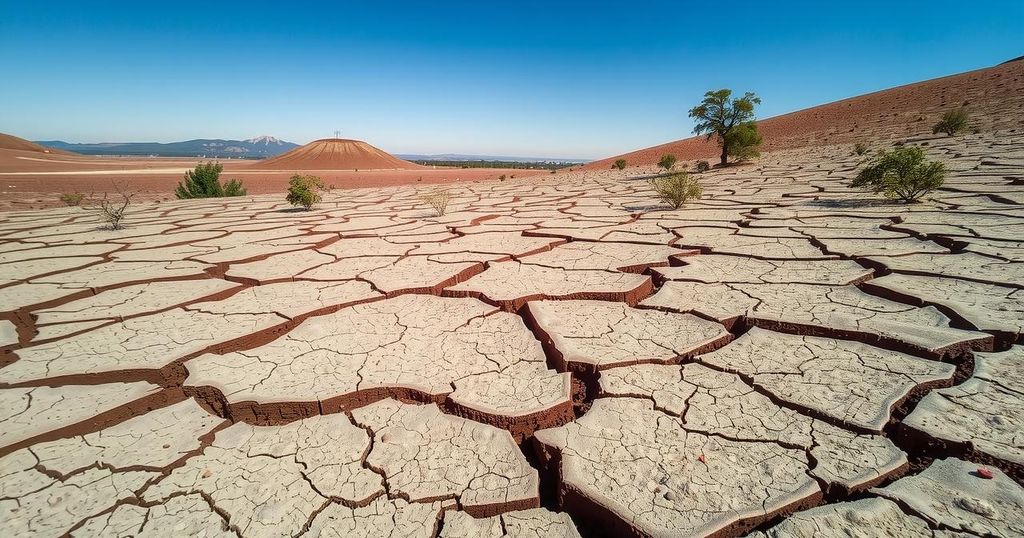Water Crisis in Lima: A Tale of Inequality and Struggle

In Lima, Peru, over 635,000 residents lack access to running water, relying on unsanitary tanker deliveries. While the city has water sources, climate change and poor infrastructure severely impact access, especially in informal settlements. Residents face health risks and high costs for water, demonstrating stark economic inequality across neighborhoods.
In Lima, Peru, a city with over 10 million residents, running water is a luxury many cannot afford. Despite the city’s access to rivers and proximity to the ocean, the lack of rainfall leaves over 635,000 people without potable water. These individuals primarily reside in informal settlements perched on the city’s hills, where conventional water infrastructure does not reach them.
Residents depend on blue tanker trucks that deliver water weekly, or even less frequently, to areas such as San Juan de Miraflores. Unfortunately, these deliveries often leave water in unsanitary conditions. Catalina Naupa, a local resident, reports severe health issues due to contaminated water, stating, “We get stomach cramps and migraines. There are worms in the bottom of the tank.”
The water provided by the city’s utility, Sedapal, falls woefully short of international standards. With only 30 liters per person per day available, many families face potential water rationing as the rain season approaches. Jeremy Robert from the Institute for Development Research warns that climate change will exacerbate this crisis, affecting water levels in the mountains and river flows.
Antonio Ioris, a geography professor, emphasizes that the underlying issue is not merely dwindling water supplies, but also systemic neglect of marginalized communities in urban planning. As families migrate to Lima seeking better opportunities, they often settle in areas with inadequate infrastructure.
Additionally, in some districts, the steep terrain creates accessibility challenges, forcing residents to pay exorbitantly for water—up to six times more than those connected to the city’s water grid. The stark contrast between affluent neighborhoods and poorer areas is evident, with a physical barrier, referred to as the “wall of shame,” illustrating the social divide. On one side, residents of affluent Santiago de Surco enjoy abundant water, while those on the impoverished side struggle for basic needs. “Surco seems like another world,” said Cristel Mejia, a local activist.
The situation in Lima highlights acute disparities in water access, primarily affecting residents in impoverished areas. Despite the presence of multiple water sources, insufficient planning, climate change, and socio-economic factors contribute to the plight of thousands who struggle daily for basic water needs. The stark contrast between wealthy and poor neighborhoods serves as a poignant reminder of the urgent need for equitable resource distribution and effective urban planning to address ongoing water shortages.
Original Source: www.france24.com







